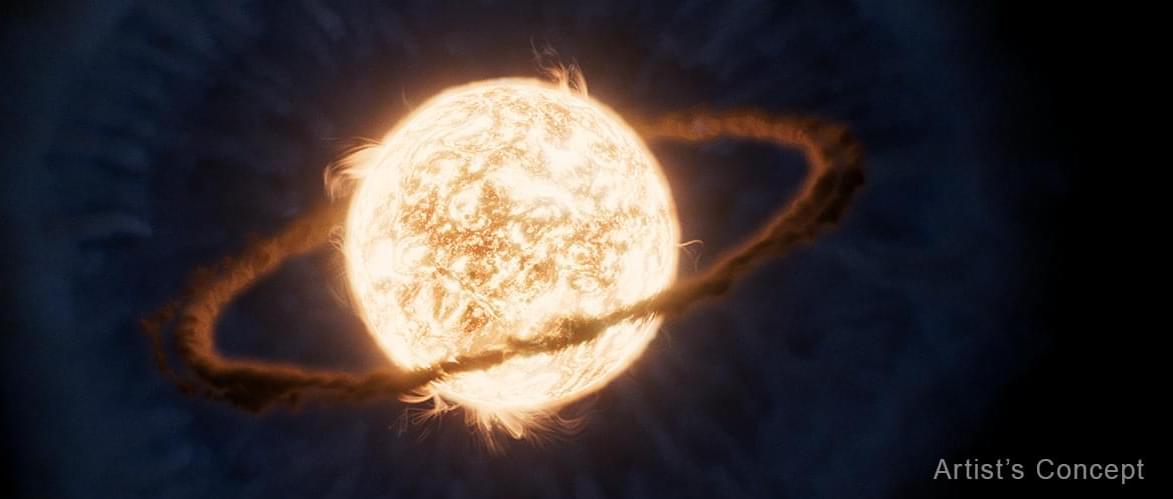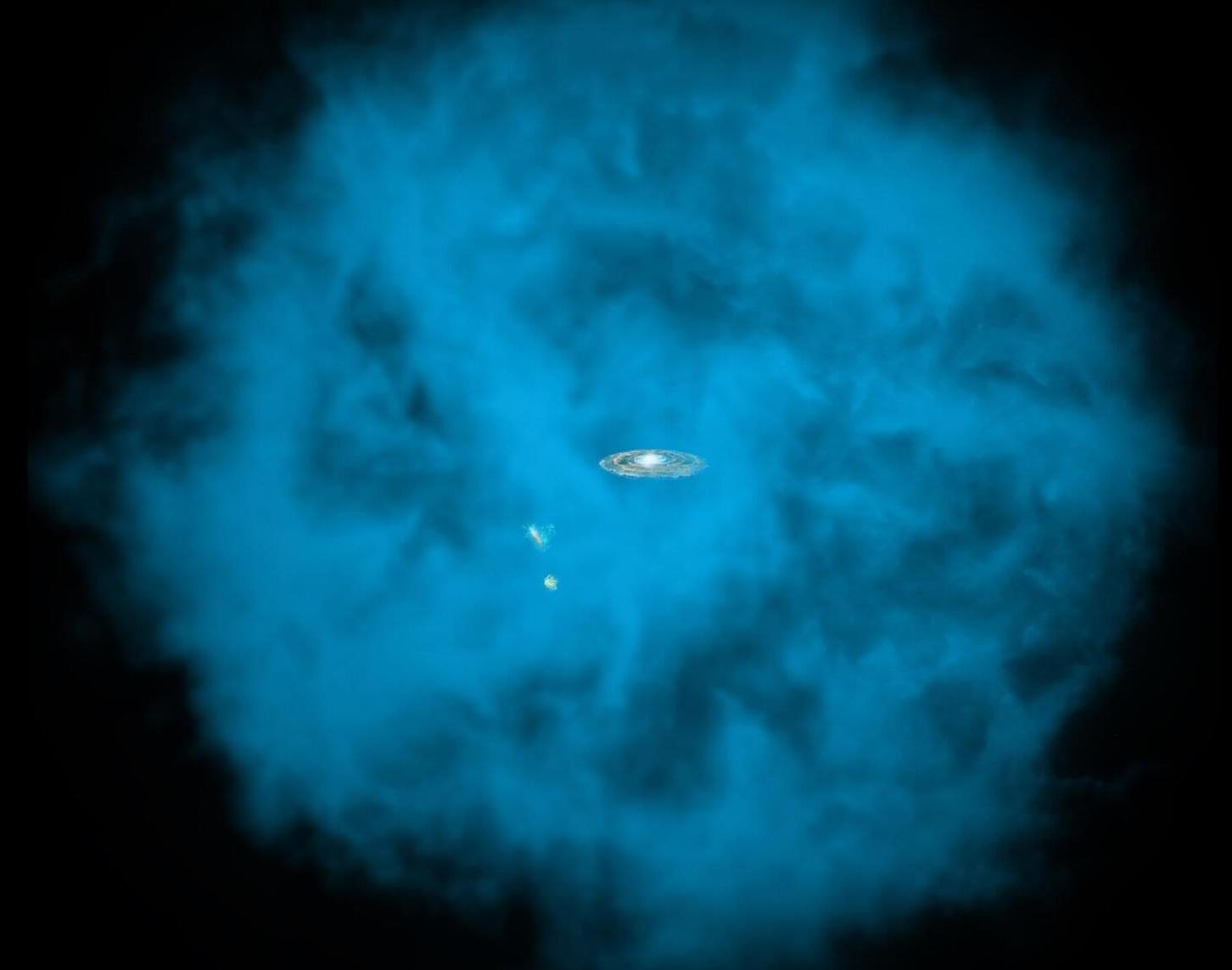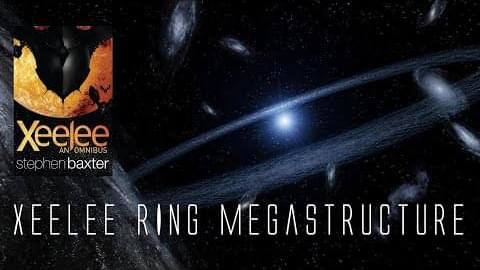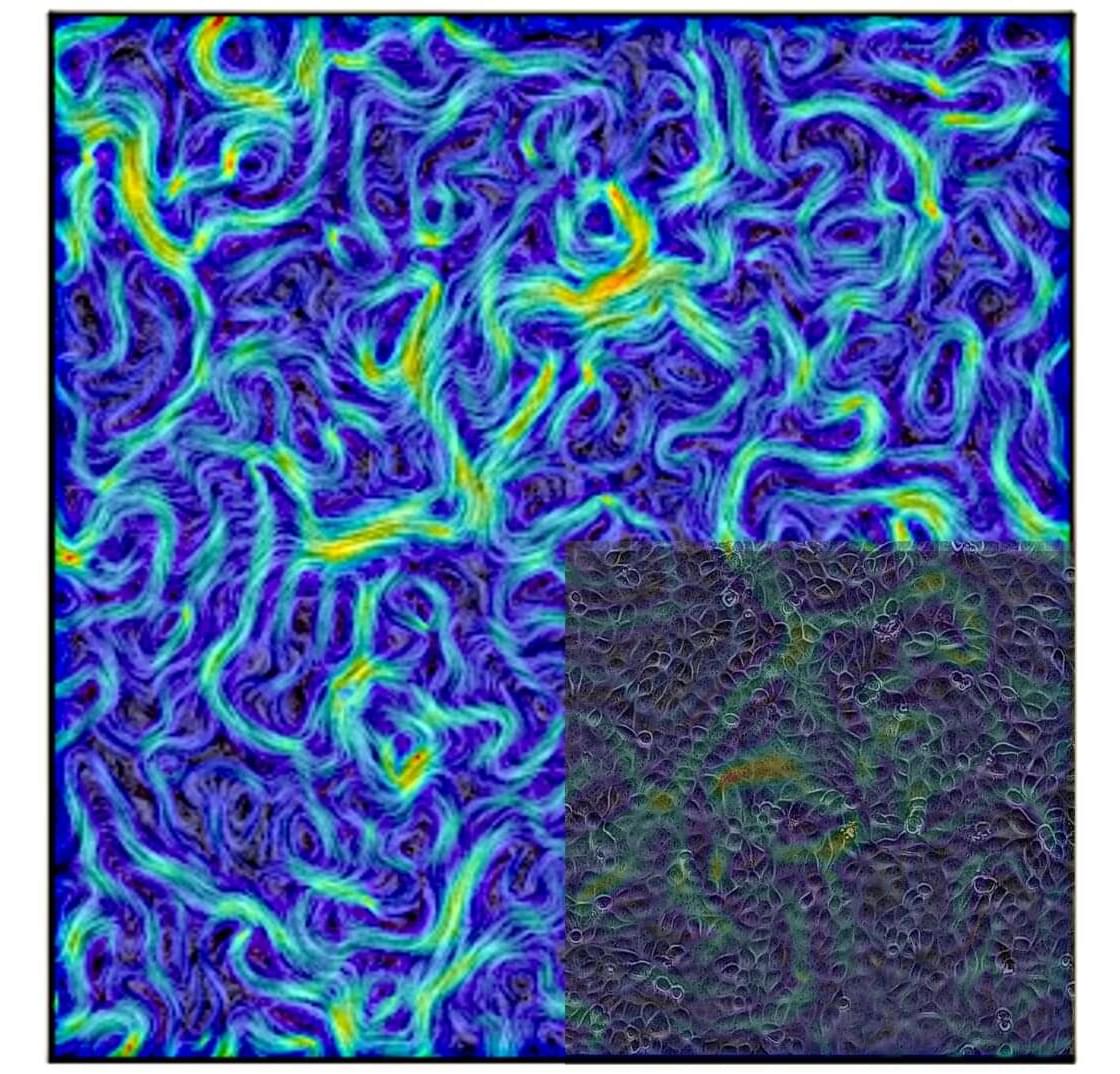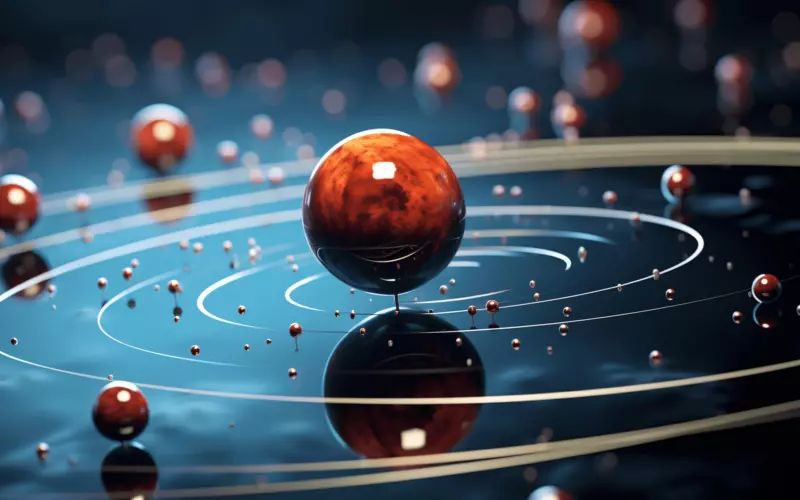High-precision brain mapping reveals new memory networks, shedding light on evolution and Alzheimer’s disease. The medial temporal lobe (MTL) houses the human memory system. Broadly, it contains the hippocampus, parahippocampal cortex, perirhinal cortex, and entorhinal cortex. One big challen
Category: evolution – Page 5
Northeastern University researchers resurrected an extinct plant gene, turning back the evolutionary clock to pave a path forward for the development and discovery of new drugs.
Specifically, the team, led by Jing-Ke Weng, a professor of chemistry, chemical biology and bioengineering at Northeastern, repaired a defunct gene in the coyote tobacco plant.
In a new paper, they detail their discovery of a previously unknown kind of cyclic peptide, or mini-protein, called nanamin that is easy to bioengineer, making it “a platform with huge potential for drug discovery,” Weng says. The paper is published in the journal Proceedings of the National Academy of Sciences.
An evolutionary algorithmic phase transition 2.6 billion years ago may have sparked the emergence of eukaryotic cells
Posted in biological, cosmology, evolution, genetics, information science | Leave a Comment on An evolutionary algorithmic phase transition 2.6 billion years ago may have sparked the emergence of eukaryotic cells
An international collaboration between four scientists from Mainz, Valencia, Madrid, and Zurich has published new research in the Proceedings of the National Academy of Sciences, shedding light on the most significant increase in complexity in the history of life’s evolution on Earth: the origin of the eukaryotic cell.
While the endosymbiotic theory is widely accepted, the billions of years that have passed since the fusion of an archaea and a bacteria have resulted in a lack of evolutionary intermediates in the phylogenetic tree until the emergence of the eukaryotic cell. It is a gap in our knowledge, referred to as the black hole at the heart of biology.
“The new study is a blend of theoretical and observational approaches that quantitatively understands how the genetic architecture of life was transformed to allow such an increase in complexity,” stated Dr. Enrique M. Muro, representative of Johannes Gutenberg University Mainz (JGU) in this project.
What can sub-Neptunes, which are exoplanets whose size is between Earth and Neptune, teach astronomers about exoplanet formation and evolution? This is wha | Space
What can an exoplanet falling into its own star tell astronomers about the formation and evolution of planetary systems? This is what a recent study publis | Space
Astronomers tallying up all the normal matter—stars, galaxies and gas—in the universe today have come up embarrassingly short of the total matter produced in the Big Bang 13.6 billion years ago. In fact, more than half of normal matter—half of the 15% of the universe’s matter that is not dark matter—cannot be accounted for in the glowing stars and gas we see.
New measurements, however, seem to have found this missing matter in the form of very diffuse and invisible ionized hydrogen gas, which forms a halo around galaxies and is more puffed out and extensive than astronomers thought.
The findings not only relieve a conflict between astronomical observations and the best, proven model of the evolution of the universe since the Big Bang, they also suggest that the massive black holes at the centers of galaxies are more active than previously thought, fountaining gas much farther from the galactic center than expected—about five times farther, the team found.
Here in this video today we will explore something that has been demanded by viewers of the channel for quite sometime, the Xeelee rings, one of the largest megastructures in fiction. We first have to take a look at the universe we are discussing about. So, The Xeelee Sequence is a series of science fiction novels and short stories by British author Stephen Baxter, exploring the grand scale of the universe from the Big Bang to its ultimate end. The series follows humanity’s evolution over billions of years, its conflicts with alien species, and the mysterious, hyper-advanced Xeelee, who are engaged in a cosmic war against the enigmatic dark matter entities known as the Photino Birds. The books blend hard science fiction with cosmic wonder, delving into themes of time travel, black hole physics, alternate universes, and the limits of human potential. Major works in the series include \.
Viral oncogenes, viruses, and cancer: a third-generation sequencing perspective on viral integration into the human genome
Posted in biotech/medical, evolution | Leave a Comment on Viral oncogenes, viruses, and cancer: a third-generation sequencing perspective on viral integration into the human genome
The link between viruses and cancer has intrigued scientists for decades. Certain viruses have been shown to be vital in the development of various cancers by integrating viral DNA into the host genome and activating viral oncogenes. These viruses include the Human Papillomavirus (HPV), Hepatitis B and C Viruses (HBV and HCV), Epstein-Barr Virus (EBV), and Human T-Cell Leukemia Virus (HTLV-1), which are all linked to the development of a myriad of human cancers. Third-generation sequencing technologies have revolutionized our ability to study viral integration events at unprecedented resolution in recent years. They offer long sequencing capabilities along with the ability to map viral integration sites, assess host gene expression, and track clonal evolution in cancer cells.
In a new Nature Physics study, researchers have provided evidence of universal conformal invariance in living biological cells. They show that a universal feature in the collective behavior emerges in groups of living cells.
The researchers studied four cellular systems to find evidence of universal conformal invariance. Despite being separated by billions of years of evolution, the researchers found that all four systems generated vortex-like flow patterns with identical statistical properties.
Phys.org spoke to one of the study’s co-authors, Dr. Amin Doostmohammadi, an Associate Professor at the University of Copenhagen.
Explore the world of scientific models and their effectiveness in explaining reality, from Einstein’s Theory of Relativity to Darwin’s Theory of Evolution. Discover why some argue that these models are true explanations, while others view them as superfluous to the theories of science.




